Every creative person has preferred ways of taking a break. For cartoonist Michael Maslin (“Wednesday Spill: Hunting for the Whereabouts of an Updike Moment”), one of those breaks began by looking at his Updike books and pulling one off the shelf. As it turns out, his diversion is the literary scholar’s method:
“Gearing up for the book of John Updike letters coming out in October I thought I’d once again travel through Adam Begley’s terrif Updike. Curiosity took me on a hunt when I came across this sentence on page 426:
“’A decade later, when he came across a well-thumbed copy of S in a small public library in the Hudson Valley, he remembered how he had put his “heart and soul” into the heroine and concluded that the novel had at last been “recognized”.’
“It was the ‘…small public library in the Hudson Valley…’ that sent me scampering to Google. As I live in the Hudson Valley and am acquainted with a number of its libraries, I figured I’d be able to (hopefully!) quickly zero in on which library Updike visited. Researching the Peter Arno biography i wrote, I quickly learned things just don’t go as smoothly as you might think when on a fact-finding mission.
“The ‘Notes’ in Begley’s Updike biography indicate the ‘…small public library…’ passage was sourced from Updike’s Odd Jobs, page 761. I headed right to Odd Jobs, page 761, but the passage wasn’t there. Dead end. It happens (my biography of Peter Arno has its share of ‘issues.’). I briefly considered writing Mr. Begley, but decided that this was too small a ‘thing’ for him to be troubled with. A day or two went by. I tried to let the hunt go. Then, this afternoon, having worked on cartoons for hours, and in need of a break, I sat next to the Updike section of our bookshelves and thought for a moment. What if the page number 761 was correct, but the book title was off. I began looking through Updike’s various hefty collections, beginning with Higher Gossip: zip. Due Considerations: zip. More Matter…bingo! There, on page 761 is this from Updike’s ‘Me and My Books’ — it was originally published in The New Yorker, February 3, 1997:
“‘On one steel shelf, in a Hudson Valley town with its own tributary creek gurgling over a dam and under a bridge near the library door…’
“I began thinking about the Hudson Valley libraries I was familiar with. None of them fit Updike’s description. So back to Google and to the list of libraries lining the Hudson Valley. Using Google maps (aerial view) I was able to easily see if any library was that close to water. I struck out with perhaps twenty or so libraries, when I saw this location in Marlboro, New York. And then using the street view, there it was, exactly as Updike described it: ‘tributary creek gurgling over a dam and under a bridge.’ This scene is directly across from the Gomez Mill House.


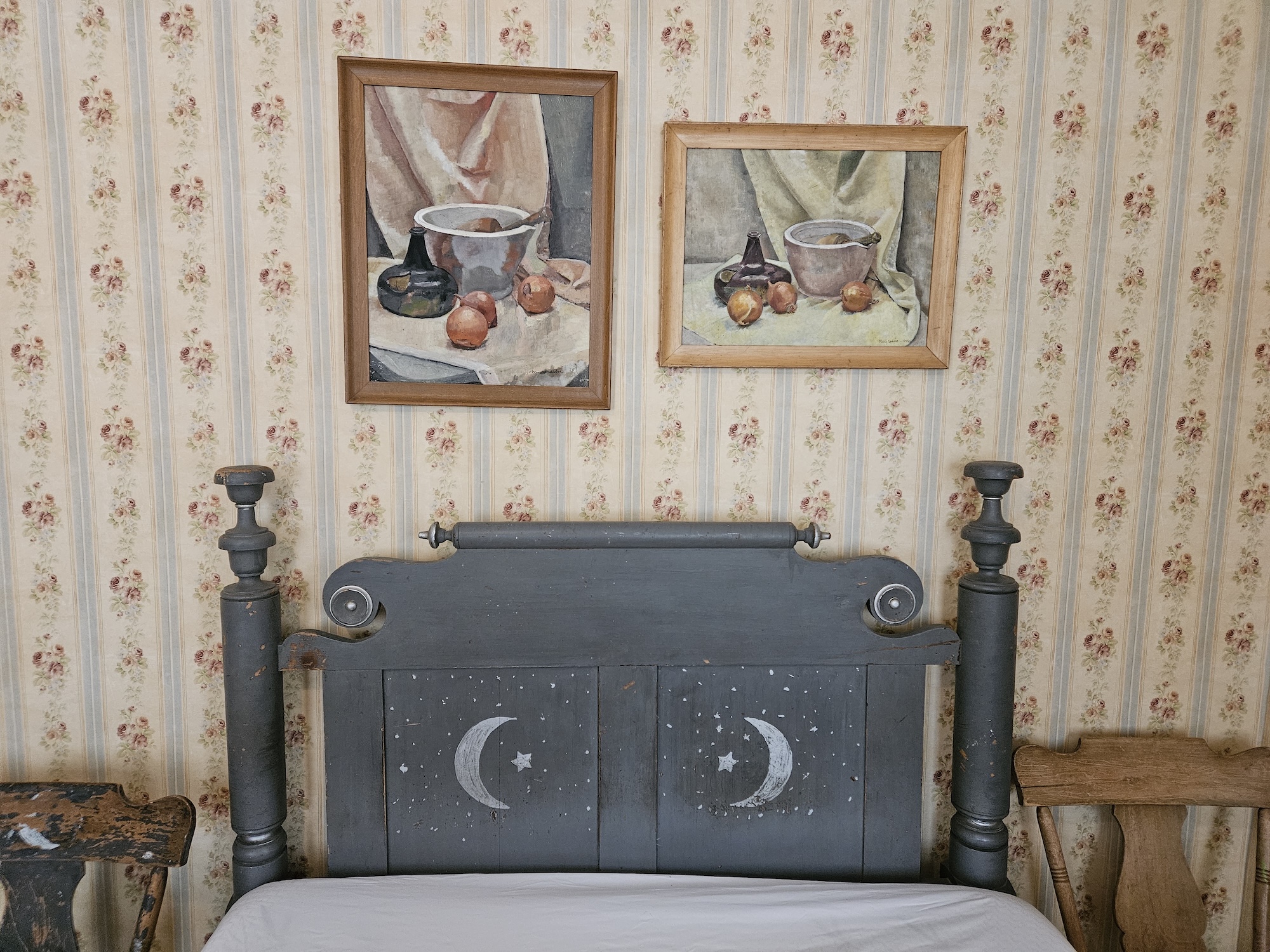 “At the greengrocer’s on Monday morning they purchased still life ingredients. The Constable School owned a great bin of inanimate objects, from which Leonard had selected an old mortar and pestle. His idea was then to buy, to make a logical picture, some vegetables that could be ground, and to arrange them in a Chardinesque tumble. But what, really, was ground, except nuts? The grocer did have some Jamaican walnuts.
“At the greengrocer’s on Monday morning they purchased still life ingredients. The Constable School owned a great bin of inanimate objects, from which Leonard had selected an old mortar and pestle. His idea was then to buy, to make a logical picture, some vegetables that could be ground, and to arrange them in a Chardinesque tumble. But what, really, was ground, except nuts? The grocer did have some Jamaican walnuts.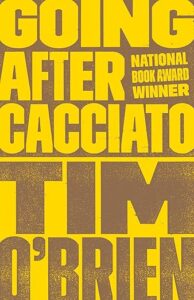 The issue was negative versus positive reviews. Christopher Lehmann-Haupt’s New York Times review was cited as an example of the former, with Lehmann-Haupt arguing that “by repeatedly invoking Catch-22 Mr. O’Brien reminds us that Mr. Heller caught the madness of war better, if only because the logic of Catch-22 is consistently surrealistic and doesn’t try to mix in fantasies that depend on their believability to sustain. I can even imagine it being said that
The issue was negative versus positive reviews. Christopher Lehmann-Haupt’s New York Times review was cited as an example of the former, with Lehmann-Haupt arguing that “by repeatedly invoking Catch-22 Mr. O’Brien reminds us that Mr. Heller caught the madness of war better, if only because the logic of Catch-22 is consistently surrealistic and doesn’t try to mix in fantasies that depend on their believability to sustain. I can even imagine it being said that 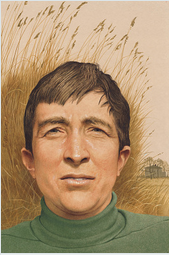 “American novelist John Updike claimed not to write for ego: ‘I think of it more as innocence. A writer must be in some way innocent.’ We might raise an eyebrow at this, from the highly successful and famously intrusive chronicler of human closeness. Even David Foster Wallace, the totem effigy of literary chauvinism, denounced Updike as a ‘phallocrat.’ But if we doubt such innocence of Updike, pronouncing as he was at the flushest height of fiction’s postwar heyday, we might believe it of these new novelists, writing as they are and when they are. Without a promise of glory, and facing general skepticism, they have written from pure motives. They are novelists as Updike defined them: ‘only a reader who was so excited that he tried to imitate and give back the bliss that he enjoyed’.
“American novelist John Updike claimed not to write for ego: ‘I think of it more as innocence. A writer must be in some way innocent.’ We might raise an eyebrow at this, from the highly successful and famously intrusive chronicler of human closeness. Even David Foster Wallace, the totem effigy of literary chauvinism, denounced Updike as a ‘phallocrat.’ But if we doubt such innocence of Updike, pronouncing as he was at the flushest height of fiction’s postwar heyday, we might believe it of these new novelists, writing as they are and when they are. Without a promise of glory, and facing general skepticism, they have written from pure motives. They are novelists as Updike defined them: ‘only a reader who was so excited that he tried to imitate and give back the bliss that he enjoyed’.

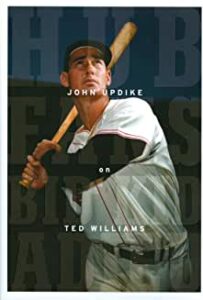 As part of a grand centennial year celebration, an episode of The New Yorker Radio Hour featured
As part of a grand centennial year celebration, an episode of The New Yorker Radio Hour featured  “Welcome to a distinguished residence where historic charm meets modern comfort. Spanning 2 grand Back Bay townhouses, this home offers city living at its finest. Originally built for the Lowell family & later home to John Updike, 151 Beacon features 3 bedrooms, 2.5 baths, & over 2,000 sq. ft. of sophisticated living space. Enjoy direct elevator access, a formal living room w/ gas fireplace, custom built-ins, & oversized windows framing picturesque Beacon Street views. The open-concept kitchen, enhanced by bay windows w/ striking John Hancock Tower views, boasts a central island & a second gas fireplace. The primary suite offers a luxurious retreat w/ an oversized walk-in closet & spacious ensuite bath. 2 additional bedrooms, a powder room, in-unit laundry, & two separate AC/heat units complete the layout. Set in a professionally managed, boutique building of just 6 residences, this home includes 1 tandem parking space & is around the corner from some of Bostons Historic landmarks.”
“Welcome to a distinguished residence where historic charm meets modern comfort. Spanning 2 grand Back Bay townhouses, this home offers city living at its finest. Originally built for the Lowell family & later home to John Updike, 151 Beacon features 3 bedrooms, 2.5 baths, & over 2,000 sq. ft. of sophisticated living space. Enjoy direct elevator access, a formal living room w/ gas fireplace, custom built-ins, & oversized windows framing picturesque Beacon Street views. The open-concept kitchen, enhanced by bay windows w/ striking John Hancock Tower views, boasts a central island & a second gas fireplace. The primary suite offers a luxurious retreat w/ an oversized walk-in closet & spacious ensuite bath. 2 additional bedrooms, a powder room, in-unit laundry, & two separate AC/heat units complete the layout. Set in a professionally managed, boutique building of just 6 residences, this home includes 1 tandem parking space & is around the corner from some of Bostons Historic landmarks.”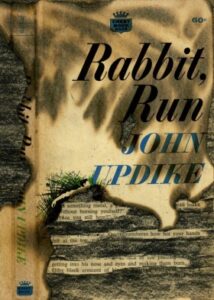 Writing for Festivaltopia, Fritz von Burkersroda recommends
Writing for Festivaltopia, Fritz von Burkersroda recommends